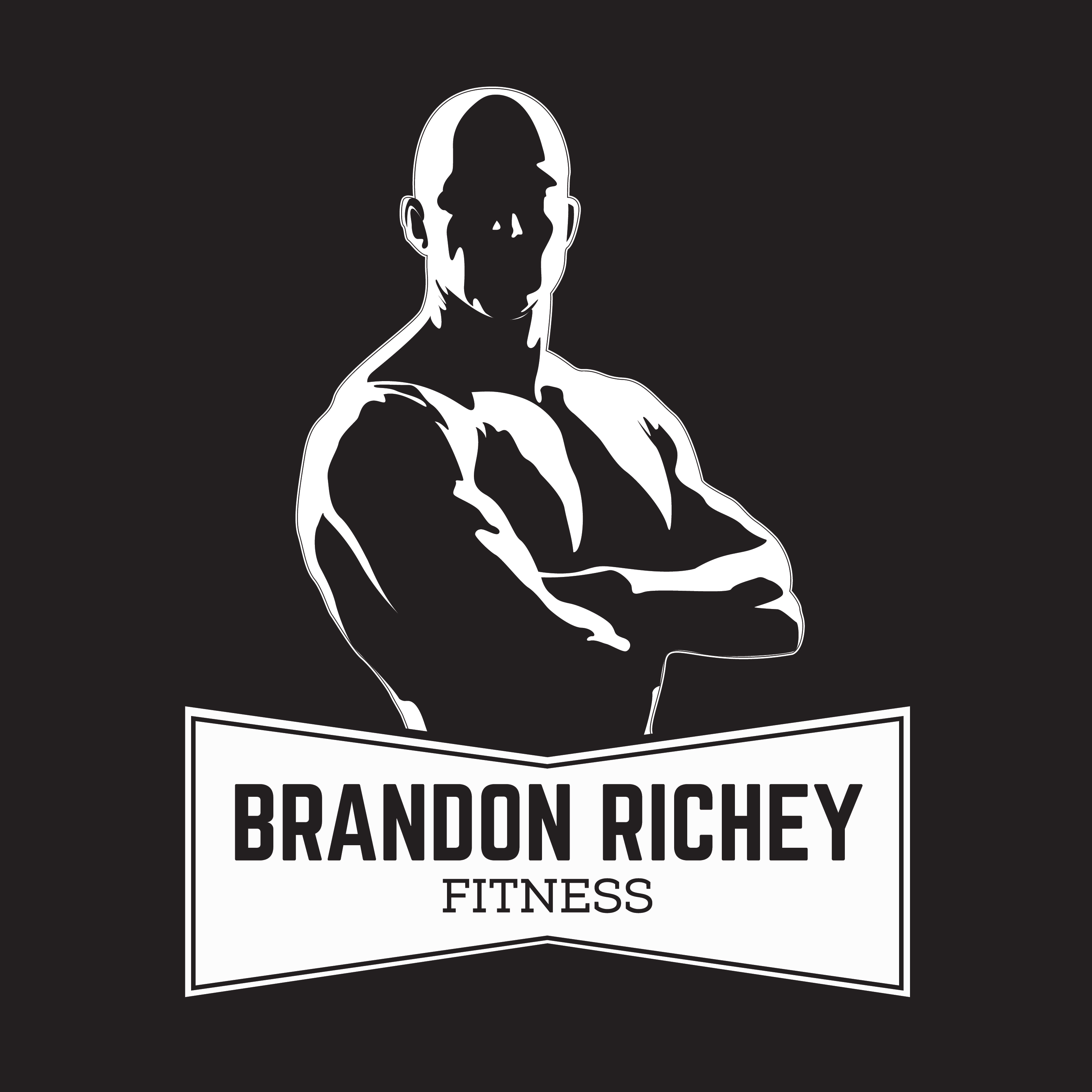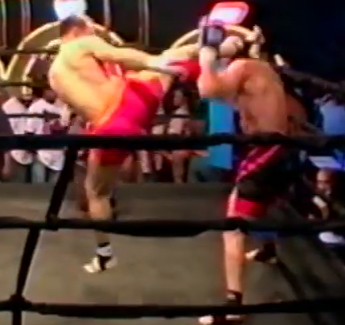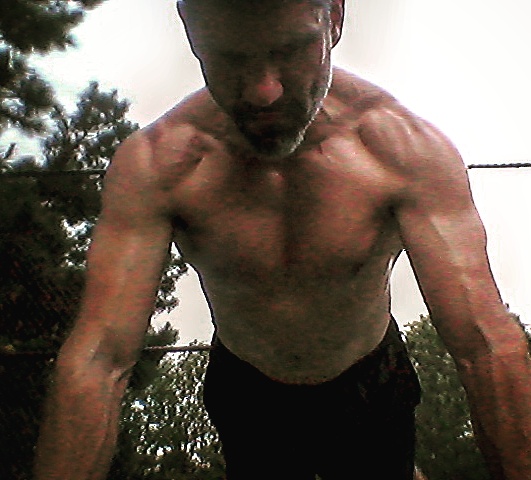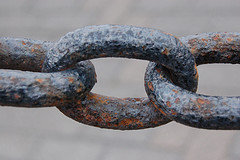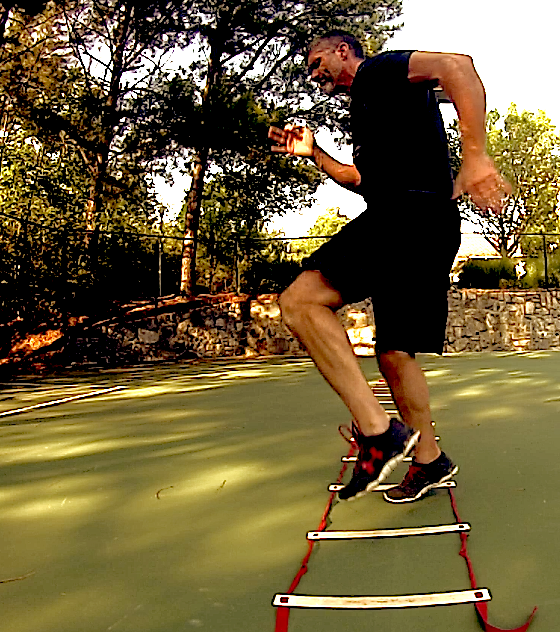
Training For Symmetry And Performance
So how many times have you walked into your local gym and seen the guy with all chest and no back? What about the guy that doesn’t realize that the squat rack actually exists and perhaps believes it should be used for curling instead of…(you guessed it) squatting? Neglecting to train for symmetry can certainly get a chuckle out of us, but there are other more serious consequences for ignoring training the body for balance and symmetry.
Shifting Your Focus…
One of the of the things that I’m always harping on with my students is the importance of training for their needs instead of their wants. You see this is a common issue with people when looking at many of the problems associated with movement and movement dysfunction within much of your run of the mill training populous, as well as a surprising amount of the athletic population.
Just as one example let’s examine a more concrete and serious problem associated with this by taking a look at the competing female athlete. For starters, have you ever heard of the ACL ligament?
Building Up To A Relevant Point…
Well the anterior cruciate ligament (ACL) is one of four main ligaments in the knee used to stabilize the joint and connect your femur to your tibia. The ACL prevents forward shifting of the knee joint and provides close to 90% of the stability associated with the knee.
I have personally fallen victim to having this ligament torn (along with others) due to an impact injury from football. Even though I’ve experienced the tearing of the ACL the type of ACL injury I’m referring to here (in this article) involves no contact, or direct trauma to the knee whatsoever. I’m talking about athletes/trainees tearing their ACL ligaments during sport and competition by the body strictly compensating during certain movements to enhance shearing forces on the joint.
In other words, if an athlete is running and stops, plants, and changes direction the knee shifts and the forces associated with that shift prove to be more than the joint can handle thus resulting in an ACL injury. And yes this really does suck as much as it sounds.
Although we hear about this a great deal this type of injury is about 4 to 4 1/2 times more likely to occur in the female athlete compared to the male athlete. Granted it can happen to anyone, but to me this statistic (which is prevalent in many studies) is very telling.
So what causes this? Well there are a number of reasons associated with increased shearing forces occurring at the knee during certain movements that your athletic population and weekend warrior types all may fall victim to.
To start, a lack of core stability may play a role in failing to create a stable amount of weight over an individual’s base of support. In other words, from the waist up the individual’s body is unstable and throws the upper half of their bodyweight in one direction while their foot is anchored to the ground during a quick change of direction. In this example the body is essentially folding up like a tent with the knee being the breaking point. So a lack of core stability may be one of the factors.
Secondly, it has been my experience that many female athletes tend to carry a bit of joint laxity. In the beginning this is just a sign of weakness in those particular areas. To be politically correct (which I hate) guys have their weaknesses too, but for the sake of discussion I’m addressing this issue with our female athletes because the statistic and reasons to consider undoubtedly play a role in this issue concerning knee stability.
Thirdly, I firmly believe that a lack of posterior chain activation is another culprit for such an injury. I mean if we’re talking about training the body for balance and looking to achieve as much symmetry as possible then the emphasis on the development of the posterior chain is a big reason for this injury in my book.
The reasons for this is that I think a lot of female athletes tend to be very quad dependent meaning they often fire off those quadriceps muscles more and have more development there than at the glutes and hamstrings. This imbalance of strength is usually a result of your typical lifestyle factors involved with how ladies may sit and stand with a particular type of posture over and over for years on end. Additionally it may involve poor programming and just a consistent lack of attention to the development of the posterior muscles.
With greater imbalances occurring here with stronger quads compared to weaker and underdeveloped posterior glute and hamstring muscles this will increase the amount of shearing activity at the knee over time. As a result one day the individual makes a sudden shift or change of direction and it ends up being the straw that breaks the camel’s back.
Correcting The Problem
The good news is that in order to develop symmetry we just have to learn how to address our needs when in training. In the example I’ve covered here one tremendous way is for the female athlete (or any athlete) to implement the good ole deadlift!
The deadlift is a great option for building total body strength and teaching the trainee to pull the weight off the ground by effectively engaging the hips. The deadlift is hitting on a number of essential areas that we’ve identified here as the problem areas for having a lack of muscular symmetry and development.
In addition to hitting the posterior muscles the deadlift is also tremendous for engaging the center mass for greater core stability which also puts a check by the first problem area I addressed at the beginning of this article. To go a step further for creating greater stability in the hips, knees, and core you can also include variations of the deadlift such as including more unilateral (single limb) work with the single leg deadlift for the glutes and hamstrings as well once you have gotten the hang of the conventional deadlift.
The point is that when in training it’s important to work to train for balance and symmetry. Being overdeveloped in one area of the body while being underdeveloped in another can potentially lead to laughter as the best case scenario and an injury in the worst. Either way there is usually some form of discomfort or functional problem associated with failing to develop the body as a whole.
I hope you’ve enjoyed today’s post. Please post up in the comment section below to share your balanced approach on training strength. Stay strong and keep training smart.
Related Articles:
Master The Basics And Your Focus
An Examination Of The Burpee Calisthenic
The Benefits Of Anti-Pattern Strength
Why Box Jumps Aren’t A Conditioning Drill
Bodyweight Exercises You’d Be Crazy To Ignore!
Get Free Updates And Training Guides Here
